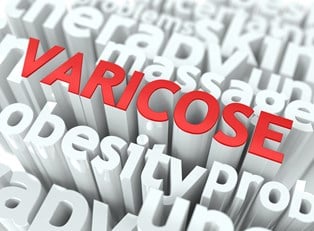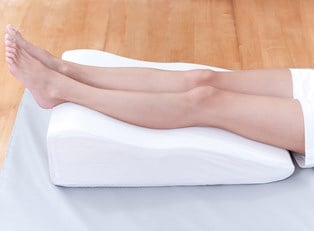Spider veins are found directly below the skin and create a network of blue, purple, and red resembling a spider's web. These veins are most often seen on the legs or the face. Spider veins are caused by hereditary factors, excessive periods of standing, hormone changes, obesity, and blood clots. There are also cases in which trauma to the area in question can lead to the appearance of spider veins.
Luckily, there are several options for treating these, depending on a patient's unique situation and medical history. Here is a look at a few.
Changes in Lifestyle
Sometimes the solution to spider veins is simple. For individuals struggling with weight issues or standing around for long periods, exercise may be the answer. Walking regularly and losing weight can greatly reduce the appearance of spider veins in milder cases.
Support Stockings
Support stockings can be beneficial for spider vein sufferers by compressing the veins and relieving their pressure. These can reduce their appearance, but they are also effective for alleviating pain associated with varicose veins as well. Ironically, frequent use of other compression garments, like a girdle, can actually worsen spider veins.
Sclerotherapy
This procedure has been employed for decades to minimize or eliminate the appearance of spider veins. This treatment involves the injections of a saline solution directly into the troublesome areas. The solution works gradually, fading the veins over a matter of weeks. The upside of the procedure is that it's cheap in comparison to other medical interventions, and it is a clear-cut, simple procedure. On the downside, results will take several weeks to show.
Laser Treatments
Laser treatments and treatments that use light pulses work by isolating spider veins and using energized heat to destroy them. This is a good option for people who fear needles or invasive procedures. Unfortunately, laser treatments have many side effects, including pain, discoloration of skin, and blistering. Results of these types of treatment can also be less than what is expected.
Surgical Intervention
Though most patients wish to avoid this option, surgery is the most common method used to treat spider veins. Different surgical techniques can be performed depending on the severity of the veins, the results the doctor and the patient seeks, and which physical method is most appropriate to the patient. Surgery may be conducted by tying off the veins, removing segments of the veins, or using smaller incisions to remove the veins from the surface of the skin.
Depending on the surgery and the location of the spider veins, local or general anesthetic will be used to numb the surgical areas. Most surgical options can be performed on an out-patient basis. Surgical results are most effective when removing larger veins.
The fortunate thing about spider veins is that they are not nearly as likely to be as painful as varicose veins. In fact, if pain is not present, other than for cosmetic reasons, surgery is not a necessity.




